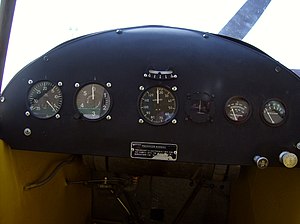RV10POLAND
Member
I'm really surprised that so many RV builders go glass without any backup instrumentation What are they going to do if electricity fails? All this stuff is great but as you know there are some incidents of misstated, inaccurate readings of altitiude, airspeed or unsafe attitude information. Even while flying under VMC you don't have airspeed and altitiude readings. I don't want to criticize nobody but we all are here to help each other. I'm sure that adding three analog instruments is not a big deal and can save your life.
What are they going to do if electricity fails? All this stuff is great but as you know there are some incidents of misstated, inaccurate readings of altitiude, airspeed or unsafe attitude information. Even while flying under VMC you don't have airspeed and altitiude readings. I don't want to criticize nobody but we all are here to help each other. I'm sure that adding three analog instruments is not a big deal and can save your life.
Regards
Maciek
Regards
Maciek
Last edited:







